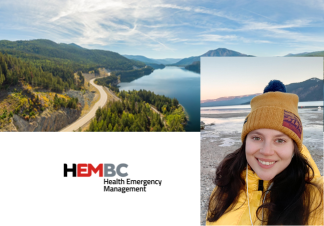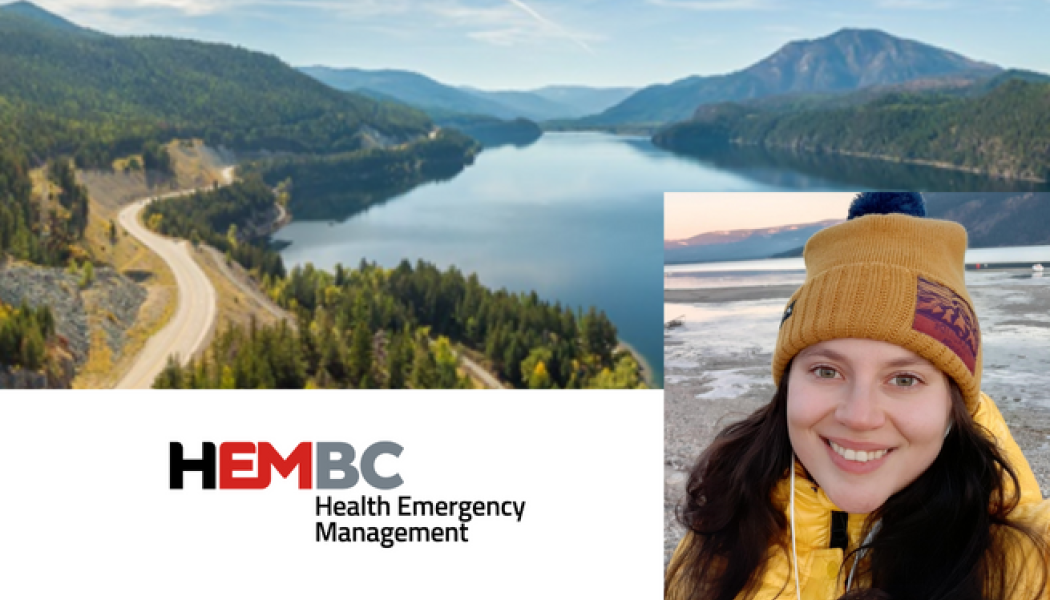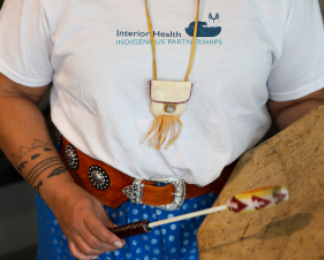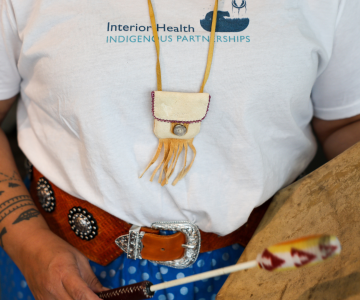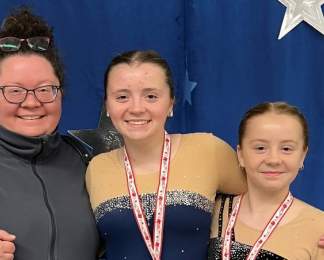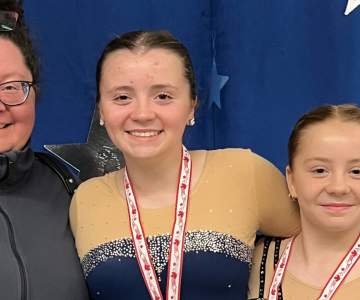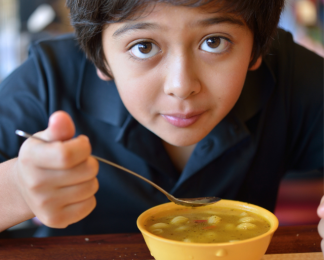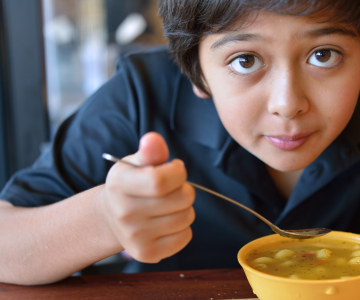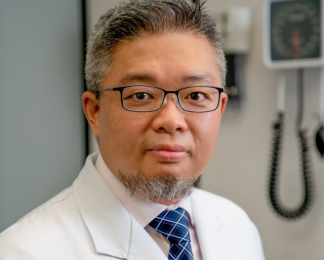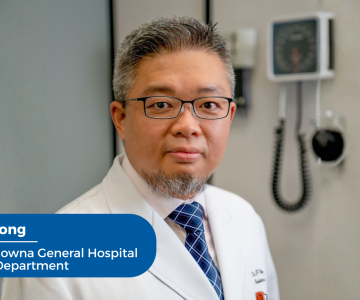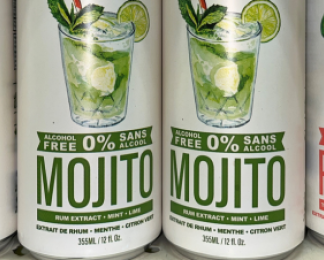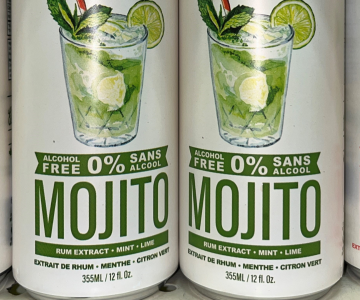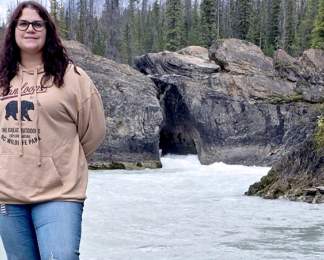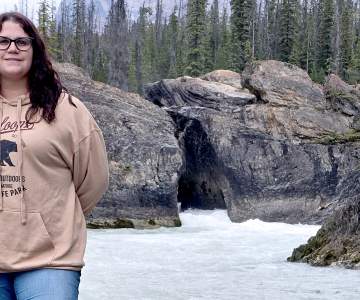In 2021, a year marked by catastrophic wildfires and floods in B.C., Tamara Sommer was hired to support the Health Emergency Management B.C. (HEMBC) team at Interior Health (IH). Today, Tamara is the Indigenous HEM liaison, supporting First Nations communities throughout the Interior region.
Tamara was recently interviewed for Interior Voices, IH’s Aboriginal health and wellness podcast series that explores the intersection of health and culture in the workplace, everyday lives and patient care. In it, she talks about her role, the barriers and challenges of emergency management (EM) and what she hopes for the future of EM in B.C.

